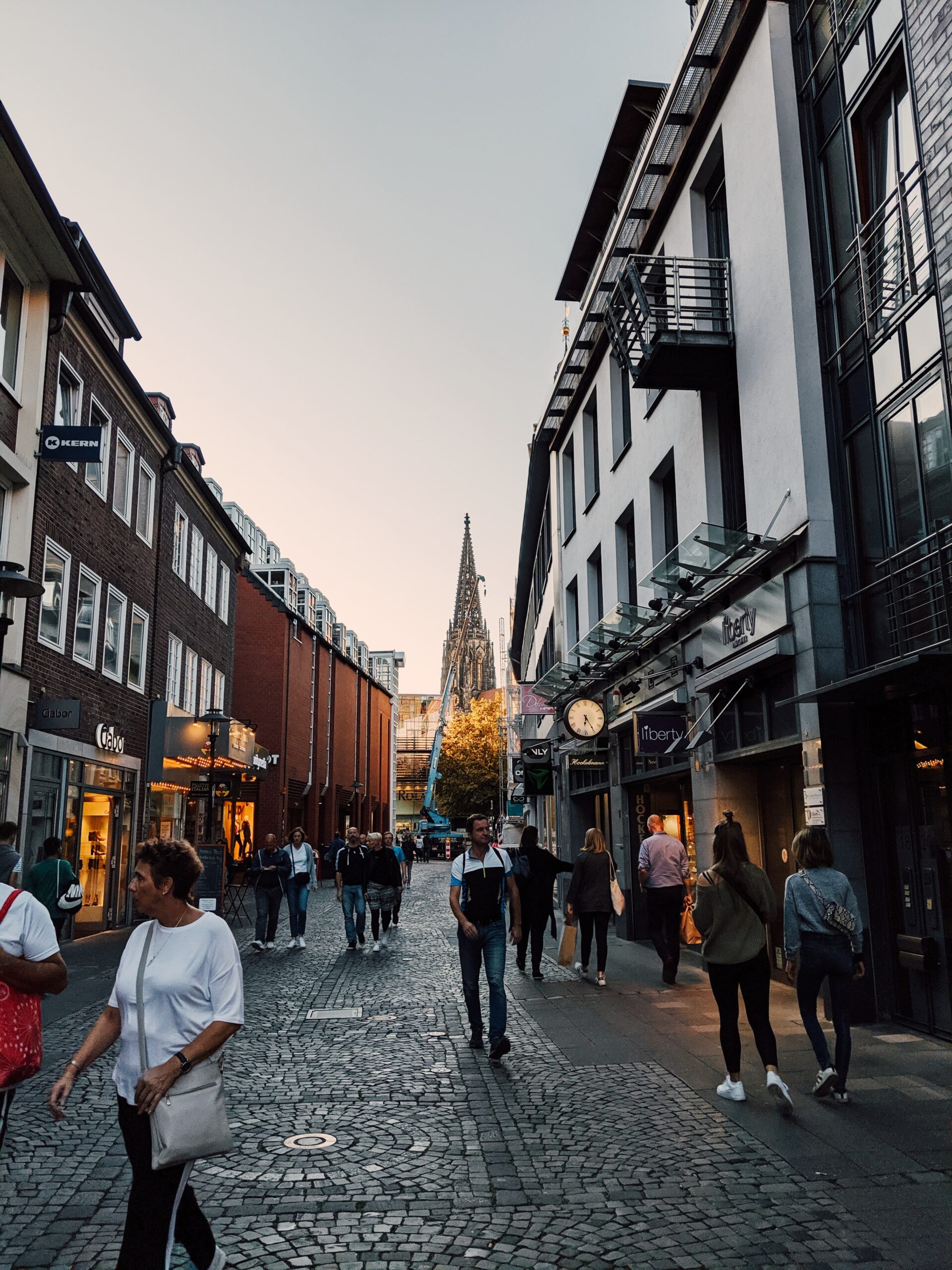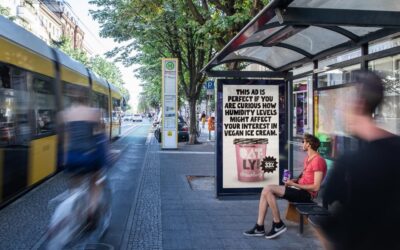The Covid-19 pandemic disrupted consumer behavior around the world, with how we shop, one of the activities that was severely impacted. But although online shopping increased significantly during the last two years, consumers remain attached to visiting stores in person.
Although 74% of French people claim to use online and offline to make their purchases, nearly 60% prefer physical outlets when buying food, with this figure being 43% for clothing purchases (source: YouGov RealTime, 2021).
This preference can be explained in part by the immediate availability of the product they are looking for, the customer experience offered by certain specialized stores, and the implementation of exclusive in-store only promotions.
It’s hard to compete with the in-store experience
The barometer published by the Mobile Marketing Association France last year showed that more than 70% of advertisers planned to increase their expenditure on Drive-to-Store advertising in 2022. After long periods defined by restrictions and lockdowns, which led to the temporary closure of many retail outlets, from small stores to large shopping malls, retailers are now taking advantage of being able to encourage their audiences back to their various points of sale in real life.
Here they are helped by Drive-to-Store advertising tools which, no longer limited to mobile display, have evolved significantly in recent months. The digitalization of some traditional media, as well as the acceleration of their post-Covid consumption, offers brands new strategic opportunities to develop their performance on this axis.
Strengthen recall and intent to visit a store
Digital audio allows brands to address mobile audiences throughout the day at strategic moments – and can be activated to supplement a Drive-to-Store display campaign.
Because digital audio is so often delivered via mobile, it also allows audiences to be targeted very precisely, for example by using GPS data to reach people when they are close to a store, that is relevant to their preferences.
Finally, the personal nature of digital audio helps to create strong links with listeners, allowing advertisers to act directly and efficiently on brand indicators, such as memorization or purchase intention.
Accompany audiences to the entrance of the store
Like digital audio, Digital Out-Of-Home (DOOH) has also begun its programmatic transformation, with the digital inventories now available.
Placed strategically, these digital panels play an important role in the overall strategy. (According to British out-of-home specialist Outsmart, 83% of people remember seeing an outdoor ad in the 30 minutes preceding a purchase, making DOOH the dominant media in the „last window of influence“.
This (r)evolution allows a strategic brick to be added to all programmatic Drive-to-Store campaigns, in effect making it easier for brands to accompany their audiences until they enter the outlet and begin their in-store customer journey.
Increase your impact and maximize incremental visits with omnichannel
In an era where the consumer has become perfectly omnichannel, media strategies must be applied in the same way. For advertisers, this means combining multiple levers to maximize on-target coverage while increasing campaign performance tenfold.
Combined with mobile display, digital audio and DOOH are highly effective to maximize the reach of the message, convince the audiences and develop the incremental in-store visits. They allow specific activity at different stages of the conversion tunnel, while following consumers in their (new) mobility habits.
Combining digital audio with another lever in the Drive-to-Store strategy improves brand recall by an average 20 to 25 points over performance (source: Hawk Insights, 2022)
Moreover, using several levers is efficient when generating in-store visits. In a recent campaign, carried out for a player in the banking system the visit rate was seven times higher when several media channels were used when compared to just one. (Source: Hawk Insights, 2022).



